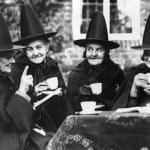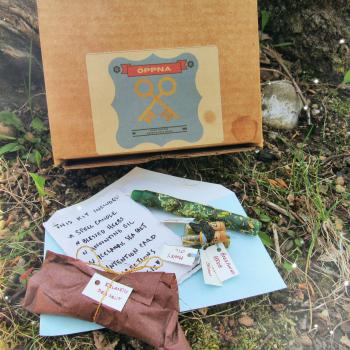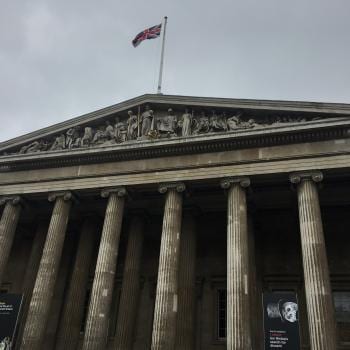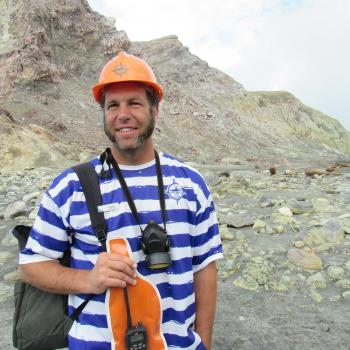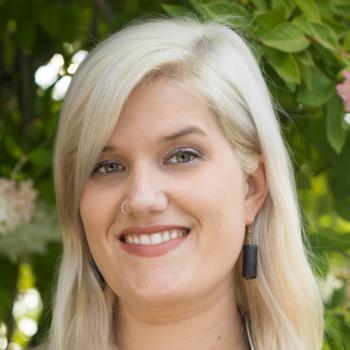As a pagan and as an anthropology student, I spend a lot of time reading and analyzing historical texts. One major issue that arises quite often in my studies is the inevitable discrepancies that are found in the literary transcriptions of oral narratives. This topic is becoming increasingly relevant in a modern context because of the portrayal of indigenous peoples in ‘Western’ literature and as reconstructionist pagans seek to relearn the religious and spiritual practices of ancient peoples such as the Celts who were colonized in the distant past.
I am always baffled by pagans who insist that things were done a certain way because of something they read in a historical text. Take the Icelandic Eddas for example. Written down by Snorri Sturluson over 200 years after Iceland’s peaceful conversion to Christianity in AD 1000, the Prose Edda is one of the major reasons we have such extensive knowledge of Norse lore. However, it is ignorant to assume that Christianity did not have a major impact on its transcription. By all accounts, Snorri himself was a Christian. And even if he was a pagan in hiding, he still must have had to drastically alter the text in order for it to be allowed by a notoriously destructive Church. 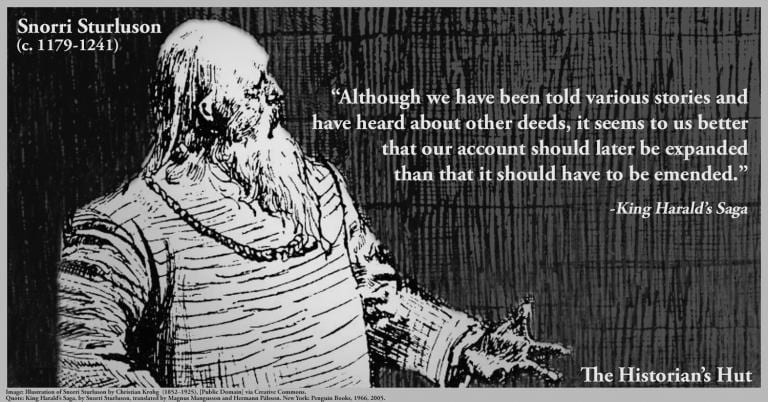
Regardless of instances like the one above, there is a much deeper dichotomy between oral narratives and written literature. At their core, I believe they are oppositional in nature.
Herein lies the dilemma of the ethnographer, the anthropologist, the linguist, and the modern pagan. Can oral narratives actually be accurately transcribed? Is it even possible?
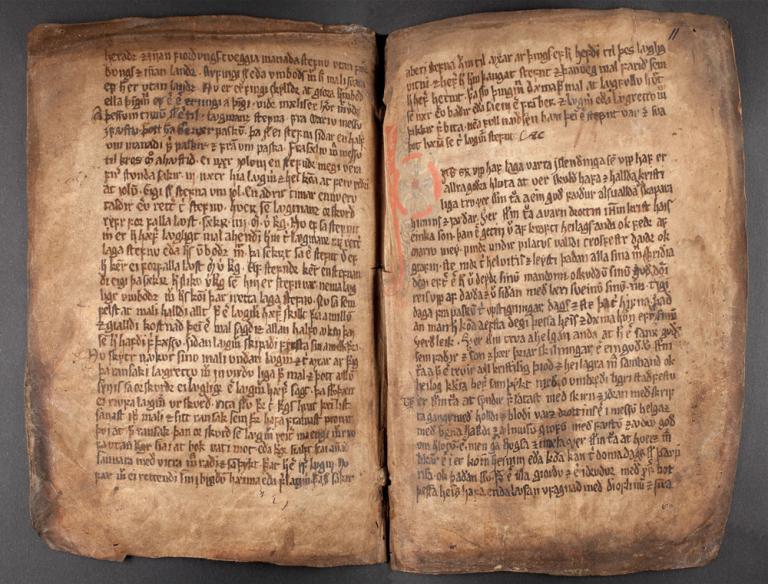
It’s like taking one artistic medium and transferring it to another. Much, maybe most, that was originally intended is lost. Furthermore, when the culture historically doing the transcribing is largely from the dominant, imperial ruling class or religion isn’t it apparent that hegemonic ideology must be a factor? These are the questions that must be considered when reading any account of an indigenous or historical oral narrative.
In order to proceed it is necessary to define both literature and oral traditions. According to the Encyclopedia Britannica literature is “a body of written works” whereas an oral narrative “refers to a dynamic and highly diverse oral-aural medium for evolving, storing, and transmitting knowledge, art, and ideas.” Essentially, literature is anything that is written and an oral narrative is anything that is transmitted orally. As can be gleaned, writing and orality are two very different forms of communication. And as can be expected, there are many problems that arise when trying to conflate them.
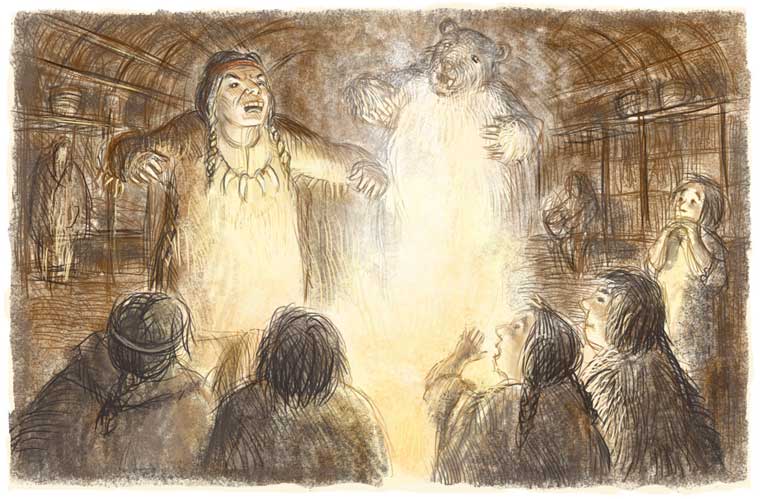
First and foremost amongst these is the environment and audience that the two forms of communication are meant for. Literature as the written word is largely an individual act. There are occasions where others are involved, such as reading a book out loud to a child, but it is largely performed alone. Oral narratives on the other hand, are “based on live performance in front of a live audience, with all the attendant dimensions of both individual and group dynamics…qualities such as emotional atmosphere, dramatic suspense, characterization, and the effective build-up through repetition can be conveyed not just in the words but in their performance.”
The inherent differences are easily highlighted through the example of a Western play, such as one by Shakespeare. The play is written to be performed in front of an audience. It has stage directions, placement, voice tone and other cues written into the text. When read as a piece of literature, it is usually extremely dry and many would say even boring. And it is even more so if the person reading it is not familiar with Shakespeare or has never seen a play. To them, this play would make little or no sense and the larger nuances would be completely lost. As Leach suggests “Most folk tales as you meet them in collections are lifeless things and they are as static as a play read silently. As a result of our carrying over attitudes and techniques based on written literature we have failed to realize that folktale and much folk song are dramatic and that it is not the imagination of the audience that is appealed to but its sense of reality.”

The difficulties that arise when transcribing oral narratives, unfortunately, have resulted in several further problems in the way that they are perceived in comparison to Western literature. As a general rule, the ‘great literature’ of the world is seen to have derived from the so-called ‘great civilizations.’ From the ancient Mesopotamian Epic of Gilgamesh to James Joyce’s Ulysses, all ‘great literature’ has something in common-it was written down by cultures who could write. As Ong points out the issue with this is “that of all the many thousands of languages – possibly tens of thousands – spoken in the course of human history only around 106 have ever been committed to writing to a degree sufficient to have produced literature, and most have never been written at all. Of the some 3000 languages spoken that exist today only some 78 have a literature.” Writing, then, is actually the minority as are the cultures that developed it. And as Leach emphasizes “Unless it is true that many of the oral narratives of non-Western peoples have little or no literary value, and that what value they do have is untranslatable, then something has gone wrong along the way from the oral performance to the printed.”
One of the possible ways where this transcription has ‘gone wrong’ is who actually wrote them down. With several important exceptions, the majority of indigenous oral narratives that have been transcribed were done so by 19th and 20th century anthropologists. Likewise, most historical oral narratives ( like the above example of the Icelandic Sagas), were written down by conquerors (either political or religious). Because these ethnographers backgrounds were largely from the ruling i.e literate class, the oral narrative was “invariably collected as if it came from written sources, as if it were eye literature rather than ear literature. Since it was collected as eye literature, it is edited and judged as written literature. It is tried by the principles of sophisticated art.”
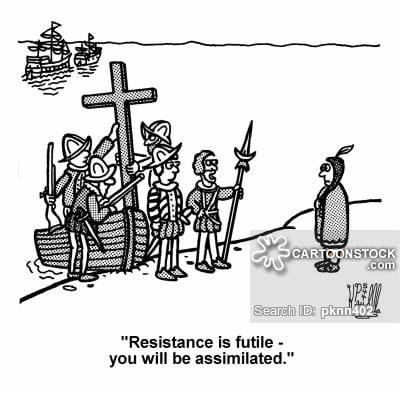
It must seem obvious to anyone reading this that comparing written oral narratives to Western literature is like comparing apples to oranges but during the heyday of Western imperialism, it was not that simple. The comparative method helped to reinforce hegemonic ideas about racial and cultural superiority and is still present beneath the surface in much of the academic world to this day. When this is taken into consideration, then, “the apparent lack of literary value in many past translations is not a reflection but a distortion of the originals, caused by the dictation process, an emphasis on content, a pervasive deafness to oral qualities, and a fixed notion of the boundary between poetry and prose.”
Furthermore, during the height of Western imperial expansion in the 19th and early 20th century, there was a scramble to try and record as much information as possible about what were presumed to be ‘dying’ cultures. This practice is what is now known as salvage anthropology, “ as the progress of colonization is so much extended of late years…in the course of another century, the aboriginal nations of most parts of the world will have ceased entirely to exist.” In addition to the numerous problems caused by this sort of anthropology, there is one in particular that pertains to our topic-the issue of translation.
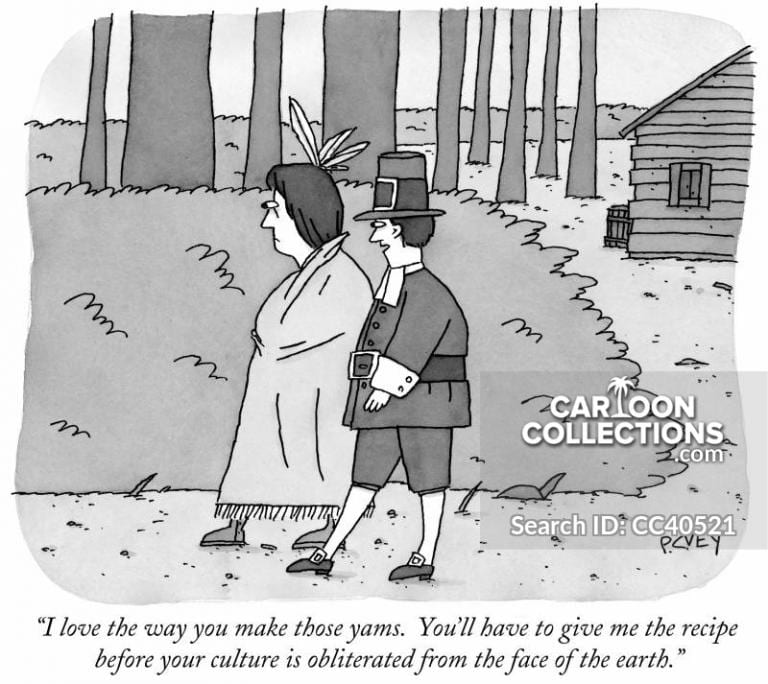
Since it was believed that these ‘primitive’ cultures were going extinct, there was less of a focus on trying to accurately transcribe oral narratives for future generations of indigenous readers. Therefore, many of the accounts contain imperfect translations and lack the depth of background to express the original intent of the tales, “ the narratives of the Boasian school tend to be condensations…all of whom recognized this problem in their own collections of American Indian narratives, place most of the blame on the tediousness of dictation and the consequent absence of a response.” By their own admission, several of the most renowned anthropologists of the 20th century did not put in the required time for accurate transcriptions.
Perhaps even more important, however, are the inevitable issues that arise when cultures are viewed from an etic perspective. As previously stated, most of the early indigenous literature was written down by someone from outside that culture, a process that William Clements appropriately names “cultural translation.” As a result of this cultural translation, the “transformations of Native American oral literary performances into European-language texts have tended to reflect the translators’ preconceptions about ‘the Indian’ and about literature.”Since these translations were happening contemporaneously with pseudo-scientific ideas about racial superiority and social Darwinism, it becomes apparent that the textwriters held biases about those they were studying. As Western civilizations were deemed to be at the top of the social evolutionary matrix, their technology (i.e.writing) was superior. Indigenous cultures were classified in a Linnaean fashion as ‘savage’ and ‘barbaric’ and thus “by and large, literary scholars are still in bondage to the prejudice of modern culture against illiteracy.”
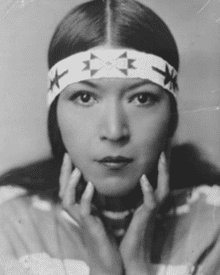
Now that we have established the dichotomy between oral tradition and literature from a Western academic perspective, it is necessary and important to provide indigenous viewpoints. While having oral traditions written down emically is certainly preferable to the alternative, there are still difficulties that arise in doing so. One example comes from Molly Spotted Elk, a well-known Penobscot writer, actress, and dancer. In the anthology of her writing that was published in 2003, her granddaughter said this about Spotted Elk’s efforts to transcribe the tales of her people “She wrote and rewrote them many times, struggling to capture the spirit of the oral tradition in which they were told to her.”Here we can see that transcribing oral narratives is difficult even for those from within the culture that the traditions derive from. Larry Evers offers one reason why this may be the case, “Each time a storyteller tells a story he tells his own version of it. He gives his interpretation of it; he recreates it. If it works for others, they repeat it. Through his critical act it survives.”
In his 1962 essay on Problems of Collecting Oral Literature, Leach gives some very practical solutions to remedying the problems we have highlighted above. First and foremost, he states that any collector of oral narratives must go further by collecting what he calls ‘the matrix.’ That is the cultural context, history, and background of the story as well detailed observations about how the story is told by its teller (voice inflection, hand movements, etc). The story or song must also be presented in written form as oral literature and details about the background of the storyteller must be given as well. Furthermore, any collector “must know his region intimately and its neighborhood well enough to be able to detect borrowings, influences, and regroupings. A collector of Micmac tales must know the culture and tales of the Penobscots as well, and possess general competence in all Algonquin culture page.” Lastly, any written oral narrative should offer a detailed presentation of the culture and its folk customs.
I have hoped to demonstrate throughout this post that there are many problems when it come to the physical transcription of oral narratives. Many of these issues are the lingering results of Western colonial settlerism and imperial ideology but some of them do stem from the performative nature of oral traditions. There have been some recent, successful efforts made by indigenous tribes as well as collaborative efforts between these groups and academics. I suggest that future attempts to transcribe indigenous oral traditions make a concerted effort to ‘decolonize’ indigenous literature, this is done by including and prioritizing indigenous perspectives, supporting indigenous authors, and by working to present indigenous cultures in a way that honors the identity of each individual group.
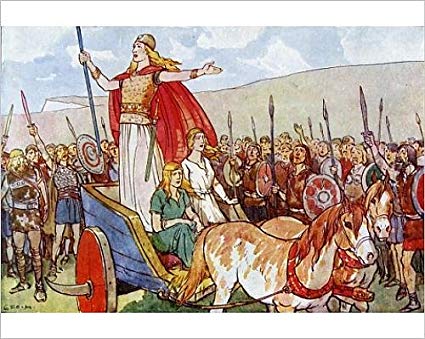
Furthermore, I cannot stress the importance of alternative sources to historical texts for modern pagans. This is one of the major reasons I am studying archaeology. I simply can’t rely on Tacitus’ account of the Britons for example. The archaeological record provides unparalleled information that can help confirm or deny historical texts. We cannot rely on writing alone. Anyone that says otherwise has not done the right kind of research!
Works Cited:
S.Larson. “Native American Aesthetics: An Attitude of Relationship.” MELUS 17, no. 3 (1991): 60.
M.Leach. “Problems of Collecting Oral Literature,” PMLA, Vol 77, No.3 (1962):335.
W.Ong. Orality and Literacy: The Technologizing of the World (London: Methuen, 1982):7.
D. Tedlock. “On the Translation of Style in Oral Narrative.” The Journal of American Folklore 84, no. 331 (1971): 115.
J.C.Prichard.”On the Extinction of Human Races” Edinburgh New Philosophical Journal, Vol., 28.(1839)168
W. M. Clements, Native American Verbal Art (Tucson: University of Arizona Press, 1996):5.
W. M.Clements. “IDENTITY” AND “DIFFERENCE” IN THE TRANSLATION OF NATIVE AMERICAN ORAL LITERATURES: A ZUNI CASE STUDY.” Studies in American Indian Literatures 3, no. 3 (1991): 1.
R.Kellogg. “Literature, Non Literature, and Oral Tradition.” New Literary History 8, no. 3 (1977): 531.
M. Spotted Elk. Katahdin: Wigwam’s Tales of the Abnaki Tribe and a Dictionary of Penobscot and Passamaquoddy Words with French and English Translations(Maine Folklife Center, 2003) vii.
L.Evers. “A Response: Going Along with the Story.” The American Indian Quarterly 5 (1979):73.


